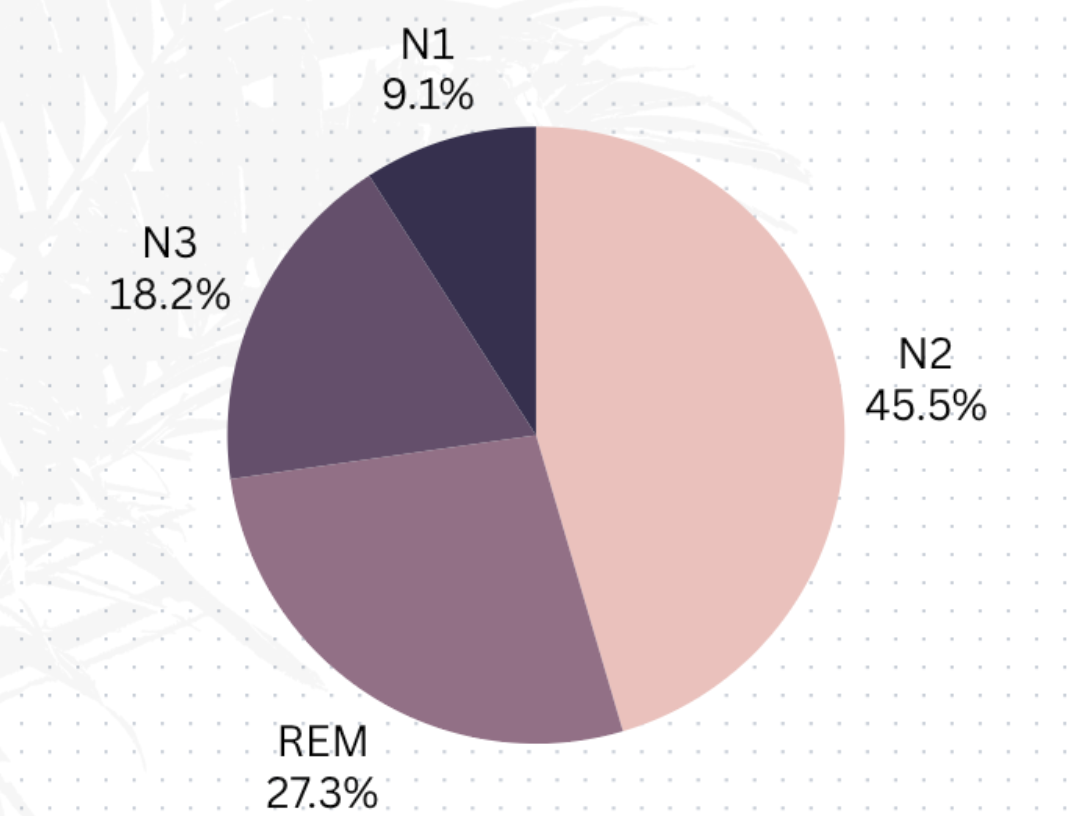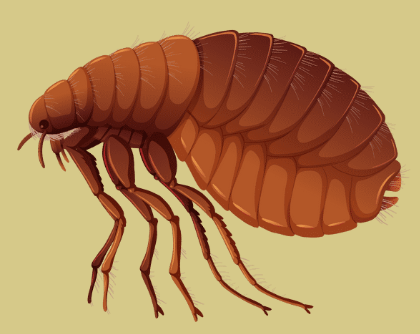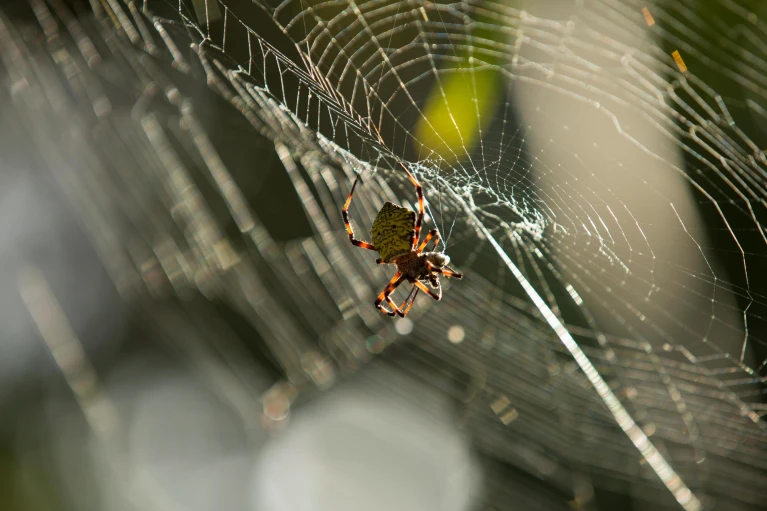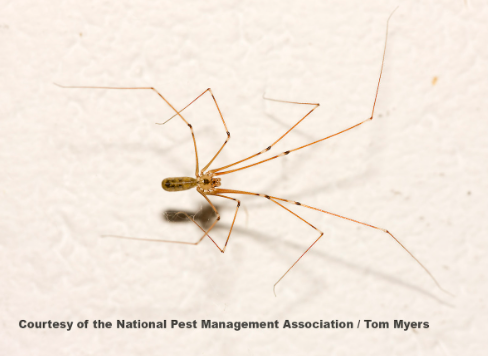Have you ever been watching flowers and seen something that you can’t tell if it’s a moth or a hummingbird? If you live on the East Coast, you may have even thought for a moment that it was a bumblebee. What you’ve been looking at is a Hawk Moth, a type of Sphinx moth in the family Sphingidae. These moths range from across the world, however they are more common in European regions. In recent years, these moths have made their way to the USA. Here are some of the most intriguing species of the Sphingidae family.
Just like any other animal, Sphingidae are a very diverse group, with one of its most bizarre species being the Snowberry Clearwing Moth, scientifically named Hemaris diffinis. Its name is a handful, and its looks are no less; this broad-bodied moth sports chartreuse hairs leading to a dark abdomen, thick black antennae that widen at the ends as if they were a butterfly’s, and lastly, burgundy-edged wings with transparent membranes. The abdomen fans out into a feathery “tail” and their tongue resembles that of a hummingbird’s: long, narrow, and built for drinking nectar. The Snowberry Clearwing Moth lives east of the Continental Divide, ranging from Maine to Florida.
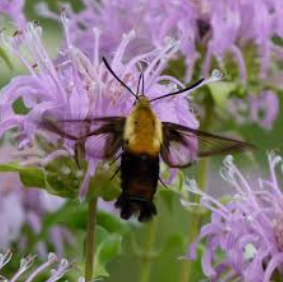
The Snowberry Clearwing Moth is not the only species in this family. The Hummingbird Hawk-Moth, Macroglossum stellatarum, looks strikingly similar to the common hummingbird. The moth lacks green, purple, or red feathers, but its body is brown like a bird’s and its wings are often a bright color like orange. Macroglossum stellatarum drink nectar from flowers using a long proboscis similar to a hummingbird’s, and remain in flight while feeding. Personally, I have seen these moths in my own yard, feeding on my neighbor’s lantana bushes. I was surprised to learn that these were not alien bird creatures, but instead Sphingidae; a distant relative of the Giant Sphinx Moth, one of the largest moths in North America!
My mother, Terra Brown, states, “I’ve heard the Hummingbird Hawk-Moth is a sign of good luck. So, every summer when the lantana is in full bloom, I love to watch them flutter about amongst the hummingbirds as they all feed and fly about!”
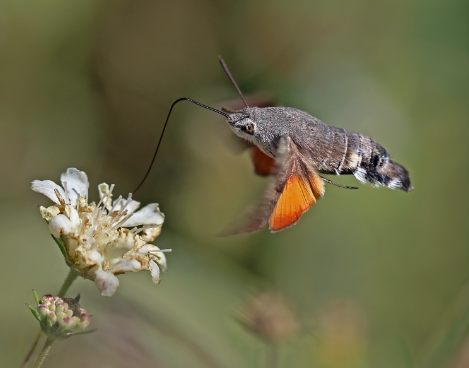
Deilephila elpenor, the Elephant Hawk-Moth, is another bright and colorful Sphingidae. It is primarily pink and yellow, making it very easy to confuse for the more well-known Rosy Maple Moth. One main difference between the two is their wing shape; the Rosy Maple Moth has rounded wings, while the Elephant Hawk-Moth has sharper wings that are more defined. Deilephila elpenor does not look like an elephant at all, which may be very confusing, but there is a reason for the name. When these moths are in their caterpillar stage, they are dusty-gray, and have an elephant trunk-like appearance. Deilephila elpenor are nocturnal moths that are distributed throughout the Palearctic region, and do not appear in the Americas.
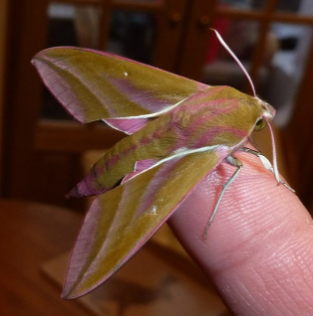
One species in the Sphingidae family, Acherontia atropos, commonly known as the African Death’s-Head Hawkmoth, is arguably the most well-known and popular species of hawk-moth. They are large, known for their yellow and brown coloration and their skull-like markings on their thorax. Acherontia atropos is frequently regarded as an omen of death in some cultures. It is found throughout Africa and southern Europe. Strangely, and unlike other moths, the Death’s-Head Hawkmoth has the ability to squeak, as shown in a video below.
The world is full of beautiful species, big and small, and each one deserves to be cherished.
“Life continues in lots of places, and life is a magical thing.”
– Laurel Clark


















